When you hear “Dirty Dozen” or “Clean 15,” you might think of two random lists—one to avoid, one to embrace. But these are tools created by the Environmental Working Group (EWG) to help people reduce pesticide exposure without giving up on fruits and vegetables.
In 2025, the EWG updated its methodology to not only look at how often pesticides show up or how much residue is found, but also how toxic those pesticides are.
Let’s dig into how these lists work, what they mean for fall produce, and how to shop smart this season.
What Are the “Clean 15” and “Dirty Dozen”?
- Dirty Dozen: 12 fruits and vegetables with the highest amounts of pesticide residues or greatest toxicity, according to USDA testing and the EWG’s analysis.
- Clean 15: 15 fruits and vegetables with the lowest pesticide residues and lower toxicity, making them safer to buy conventionally (i.e., non-organic).
These are not perfect; they’re based on sampling and statistical models. But the lists are very useful for guiding choices—especially when budgets or availability make buying everything organic impractical.
One key update in 2025: EWG incorporated toxicity weighting into their ranking. That means produce with pesticides that are more harmful (even in small amounts) get more “penalty” in the ranking.
Also important to note: more than 90% of conventional samples of Dirty Dozen items in 2025 had detectable pesticide residues.
What’s on the Lists in 2025
Dirty Dozen (2025):
These are the produce you will want to prioritize buying organic:
- Spinach
- Strawberries
- Kale, collard & mustard greens
- Grapes
- Peaches
- Cherries
- Nectarines
- Pears
- Apples
- Blackberries (new to the list in 2025)
- Blueberries
- Potatoes (new to the list in 2025)
Clean 15 (2025):
Some produce you can feel safer buying conventional:
- Avocados
- Onions
- Cabbage
- Carrots
- Mushrooms
- Kiwi
- Bananas
- Cauliflower
- Pineapple
- Papaya
- Sweet corn (fresh & frozen)
- Sweet peas (frozen)
- Asparagus
- Watermelon
- Mangoes
Fall Produce Highlights: What to Watch (and What’s Less Risky)

With autumn rolling in, some produce shifts into season. Here’s how to use the lists to guide your fall shopping:
Watch Closely (Prefer Organic or Extra Care)
- Apples & Pears: Classic fall fruits. Apples are high on the Dirty Dozen, so for fall apple pies, cider, or snacking, go organic when you can or wash thoroughly.
- Potatoes: Newly added in 2025. Since potatoes are a staple in fall meals (roasts, fries, soups), this one matters.
- Berries (Blackberries, Blueberries, Grapes): Though berries are more summer/early fall, you may still find them into fall. Blackberries now make the Dirty Dozen list.
- Leafy Greens (Kale, Collards, Mustard Greens, Spinach): Some regions still have these in fall or early winter; they remain high risk for pesticide residues.
If you’re buying any of those in fall, treat them as higher priority for organic, locally grown, or extra washing.
More Comfortable Choices (Lower Risk)
- Carrots & Onions: These appear on the Clean 15 list, meaning lower pesticide residues on average.
- Cabbage: Also Clean 15—great for fall slaws, fermented foods, and cooked dishes.
- Potatoes—when peeled? Even though potatoes are on the Dirty Dozen now, peeling them removes much of the surface residue. That doesn’t eliminate all, but it helps.
Root vegetables in general often have less exposure on the edible portion if grown with care.
Tips for Smarter Fall Produce Shopping:
- Prioritize organic for Dirty Dozen items in your budget. If you can’t do them all, pick the fall staples you eat the most (apples, potatoes, greens).
- Wash effectively: Soak in water, use a produce brush for firm items, rinse thoroughly. Washing helps reduce pesticide residue, though it doesn’t eliminate systemic chemicals.
- Peel when feasible: For potatoes, apples, or pears, peeling can remove surface residues. (Balance this against losing fiber / nutrients in the peel.)
- Buy local or small-farm when possible and ask about their pesticide practices. Smaller growers may use fewer chemicals (or none) even if not certified organic.
- Frozen or storage produce: Frozen veggies (e.g. frozen peas) often fare better in residue tests; storage produce like carrots, onions, cabbage often have less pesticide residue concerns.
- Rotate your produce: Don’t rely entirely on one fruit or veggie—mix it up so you reduce cumulative exposure.
The EWG Clean 15 / Dirty Dozen lists are not perfect, but they’re a helpful tool—especially in 2025 with their new toxicity-aware ranking. They can guide your choices so you make the most of your produce budget and health goals without getting bogged down in fear. And remember, Living Juice provides organic, cold-pressed fruit and vegetable juices with quality and taste you can trust!

.jpeg)


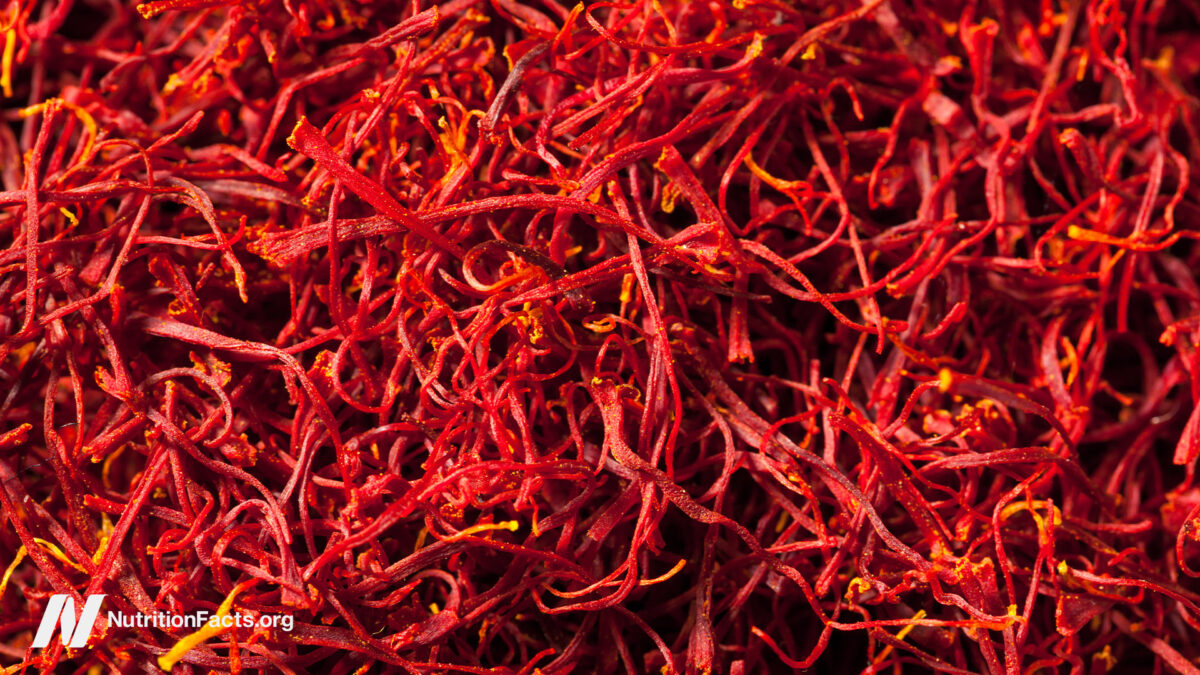


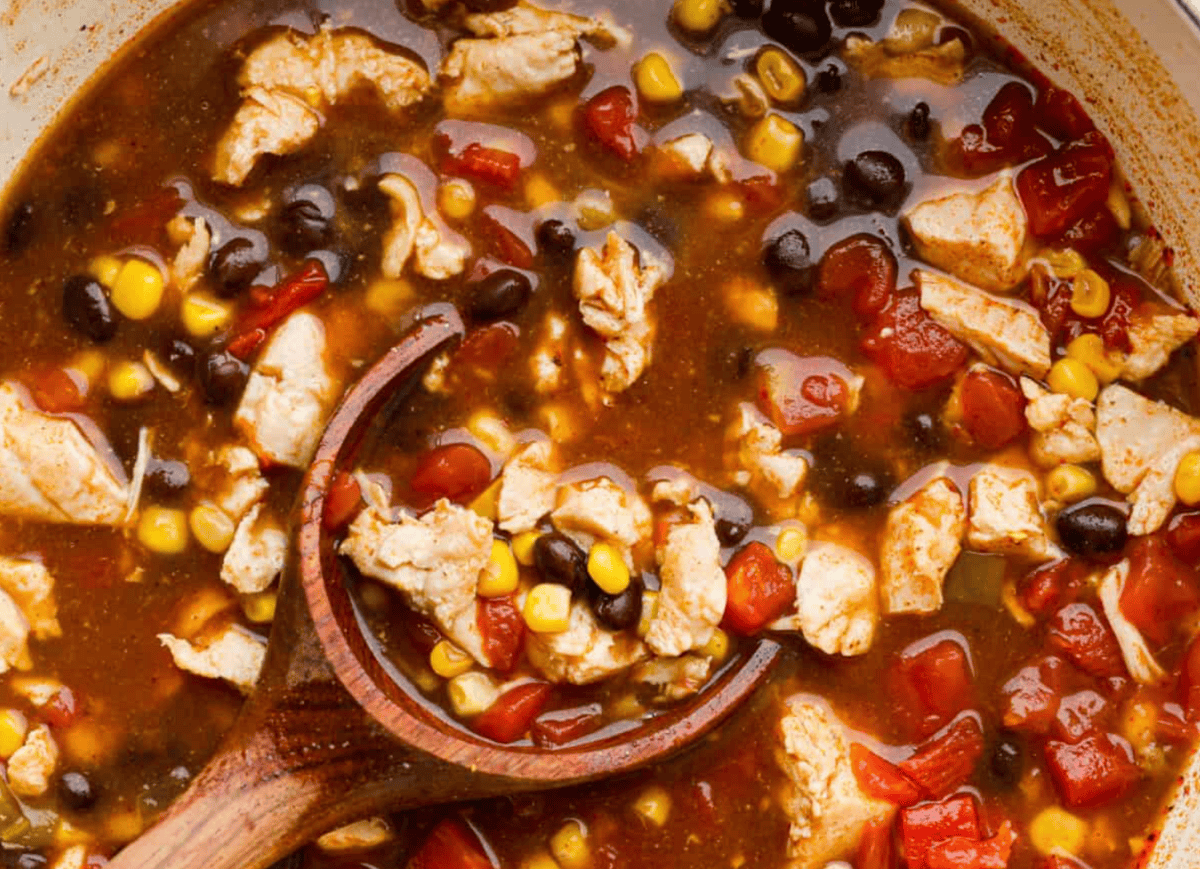





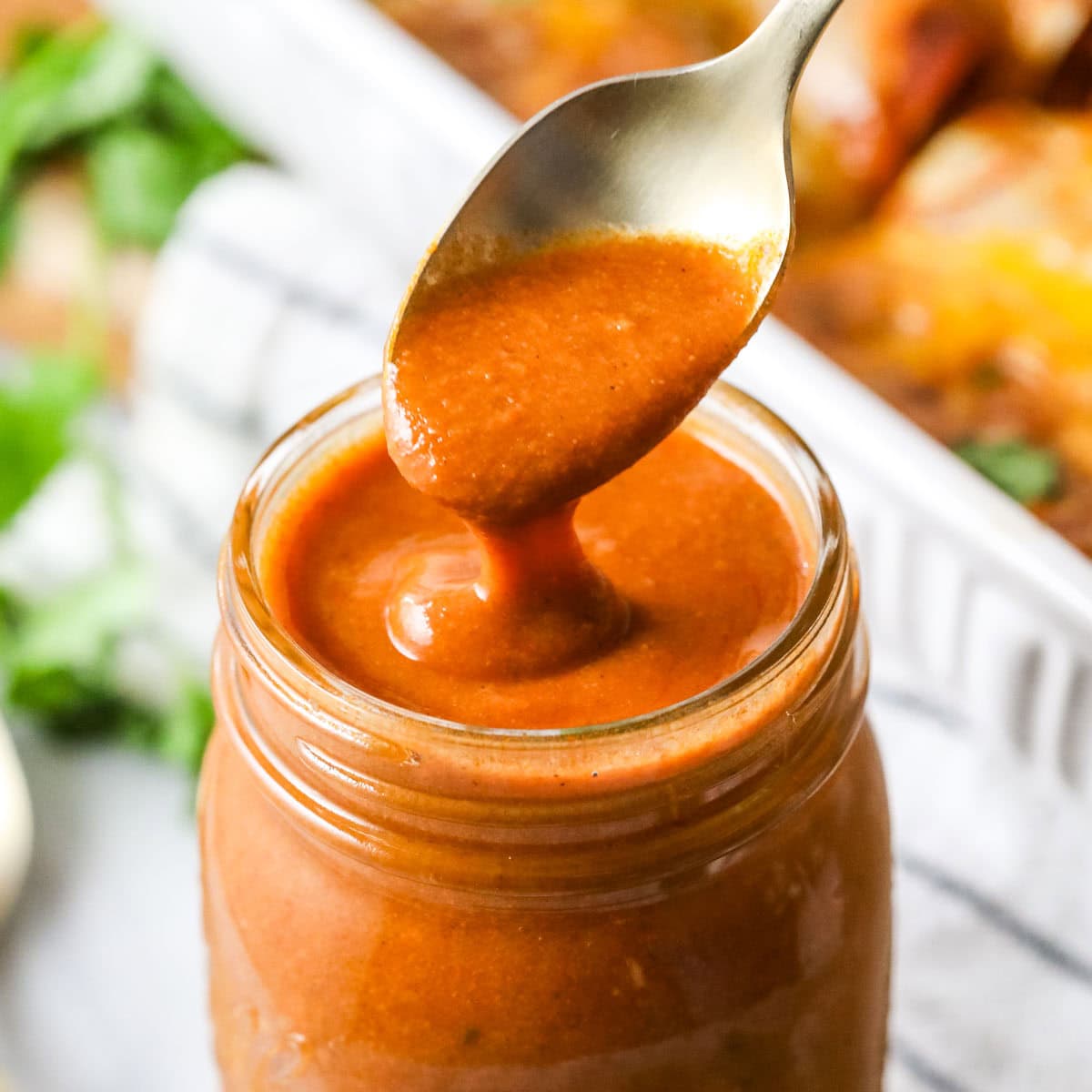





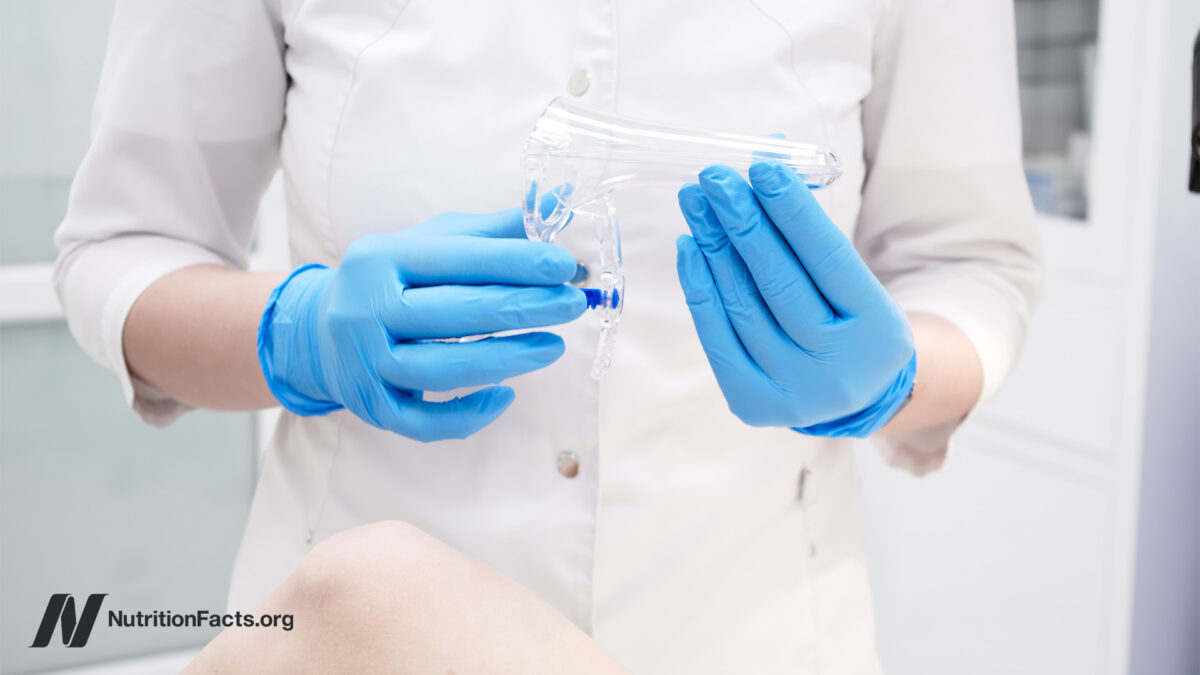


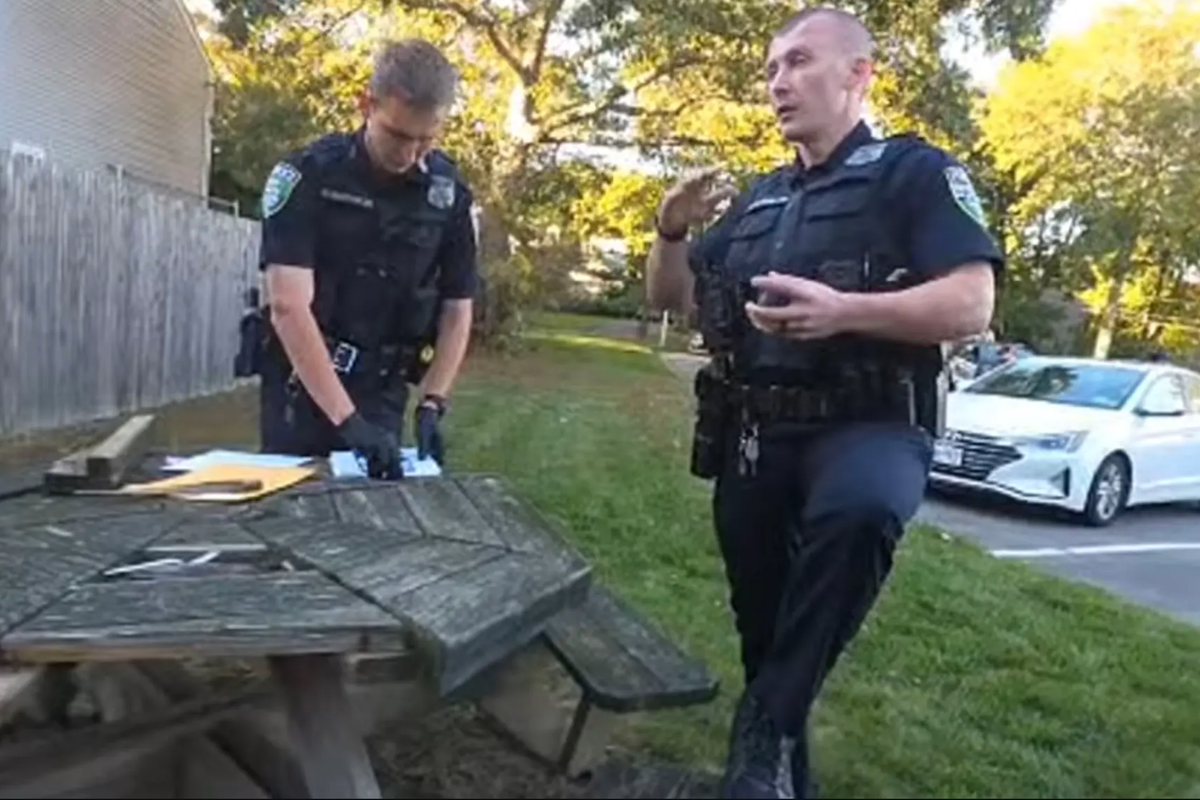
















 English (US) ·
English (US) ·